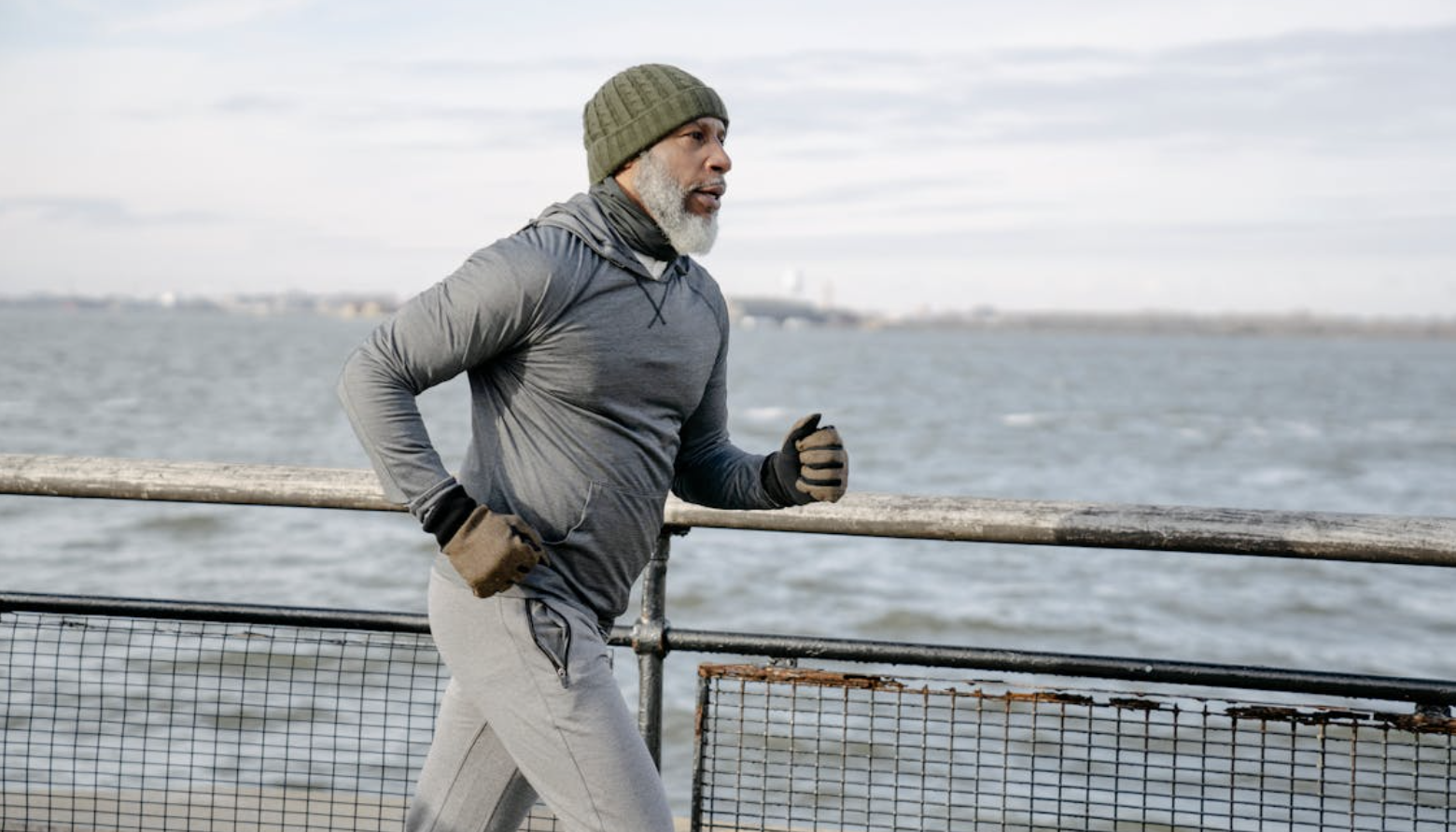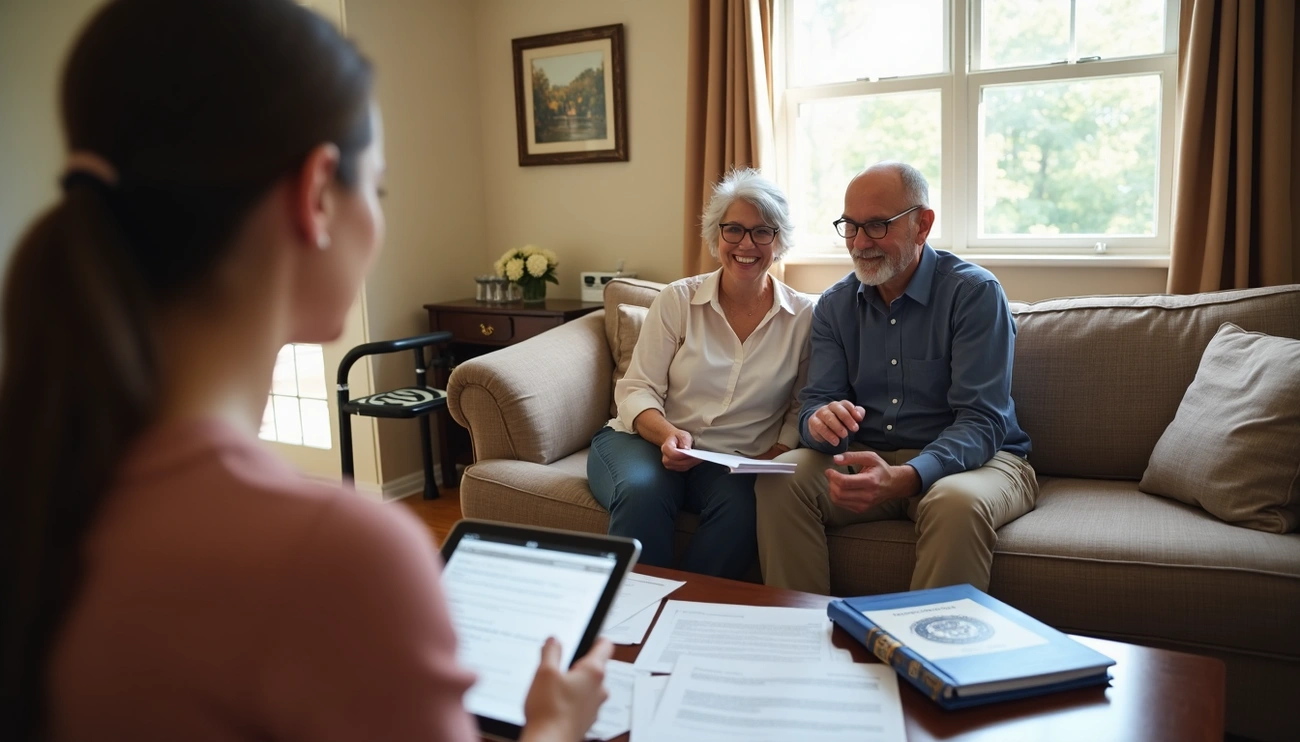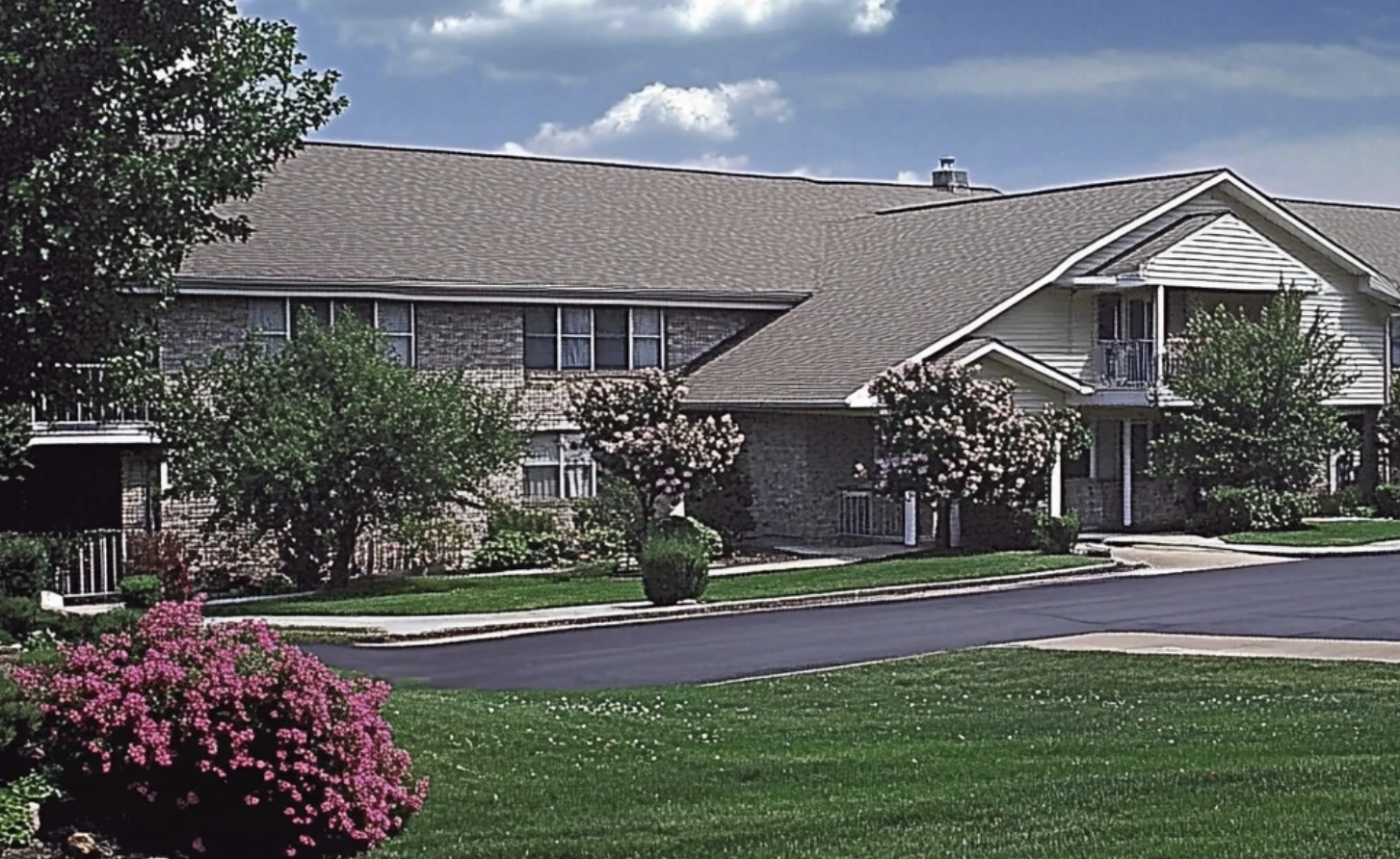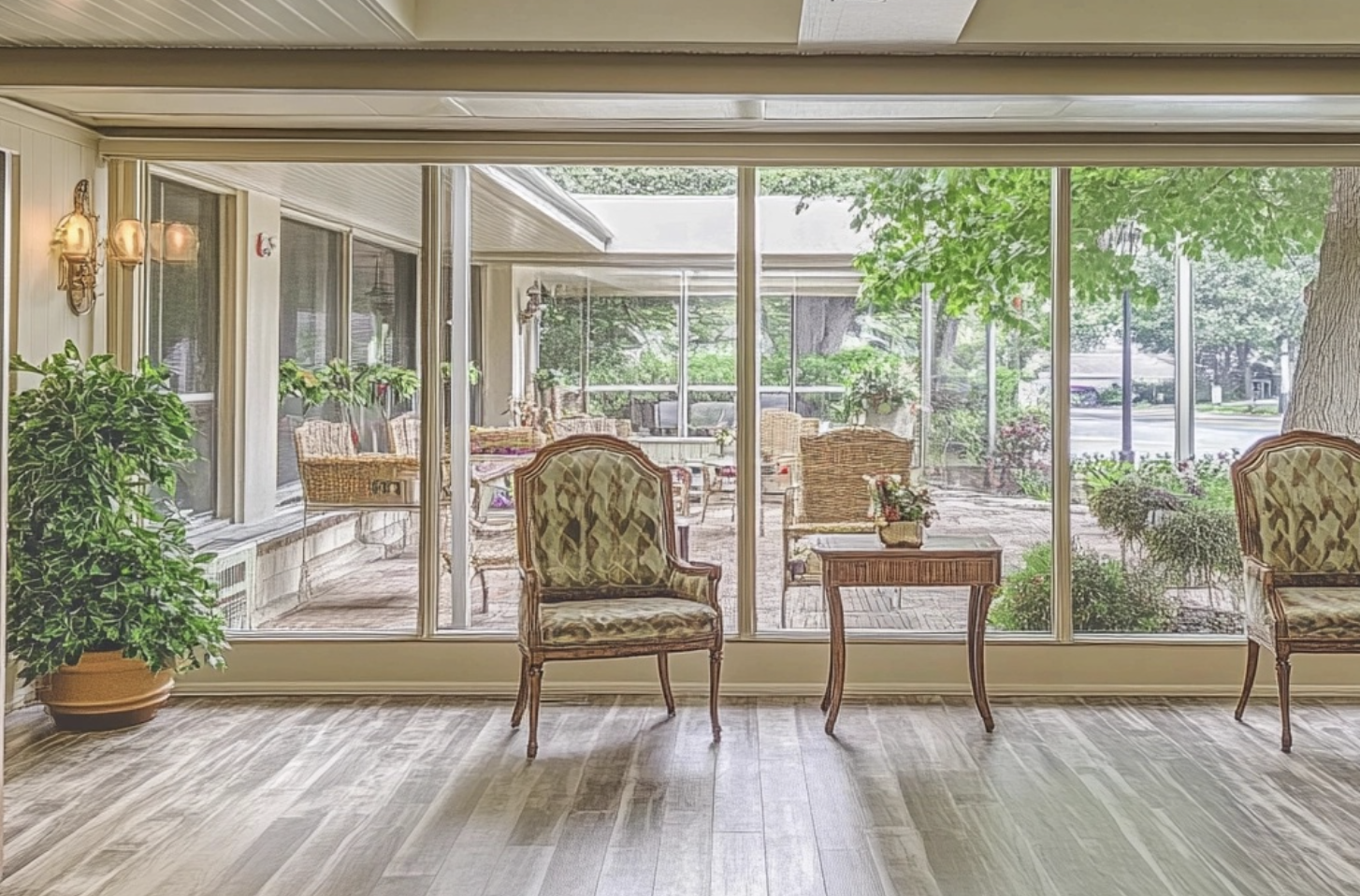Regular physical activity is paramount for seniors, serving as a cornerstone for maintaining overall health and well-being. A fitness routine integrating a mix of cardio, balance, and core exercises specifically designed for older adults, such as the 15-minute daily program from SilverSneakers, can significantly bolster fitness while engaging all major muscle groups effectively. Such exercises for seniors, necessitating minimal equipment—a space to stand, a chair, and water—underscore the importance of accessibility in maintaining a healthy lifestyle.
Incorporating a variety of exercises, including strength training, aerobic exercises, flexibility exercises, and balance exercises, within a fitness routine can contribute significantly to healthy aging. Resistance band workouts, water aerobics, body weight workouts, and low-impact exercises are also critical components of a comprehensive exercise plan for seniors, aimed at preventing diseases, reducing fall risk, and enhancing mental health and cognition. This emphasizes the critical role of regular exercise in enabling seniors to maintain independence and thrive in their later years [4].
Understanding Your Body’s Needs
Understanding the unique needs of one’s body is pivotal when embarking on a fitness journey, especially for seniors. This process begins with seeking professional guidance to tailor a fitness routine that aligns with individual health conditions, capabilities, and goals.
- Consultation and Personalization:
- Healthcare Professional Consultation: Before starting, it’s crucial to consult with a healthcare professional or a certified fitness trainer specializing in senior fitness. This step offers insights into one’s health status, potential limitations, and personalized exercise recommendations.
- Tailored Fitness Plan: Embrace a fitness plan customized to your health status, fitness level, and preferences, moving away from a one-size-fits-all approach to ensure safety and effectiveness.
- Guidelines and Recommendations:
- The Physical Activity Guidelines for Americans suggest that older adults engage in at least 150 minutes of moderate-intensity aerobic exercise weekly, with muscle-strengthening activities on two or more days. Incorporating balance training alongside these activities is encouraged.
- Starting Slowly: Begin your exercise program gradually, increasing intensity and duration over time, and regularly review and update your exercise plan and goals.
- Safety and Health Considerations:
- Discuss any specific health conditions with a healthcare provider before starting.
- Regular physical activity is deemed safe for older adults and is instrumental in reducing the risk of various diseases. However, safety measures such as focusing on minimal-impact activities and knowing one’s limits are essential.
- Nutrition, sleep, and lifestyle choices like quitting smoking and limiting alcohol consumption play a significant role in complementing the exercise regimen for overall health and well-being.
Light Exercises to Get Started
Initiating a fitness journey for seniors can begin with light exercises, focusing on range of motion, balance, flexibility, and gentle strength training. These exercises are designed to be low-impact, minimizing strain on joints and muscles while providing a solid foundation for more advanced workouts. Here’s a breakdown to get started:
Range of Motion and Flexibility:
- Exercises: Include shoulder and chest stretches, arm and leg reaches, and gentle torso twists. Aim for smooth movements that extend the muscles without causing discomfort.
- Daily Routine: Incorporate knee-to-chest stretches, shoulder stretches, and arm rotations. Stretching daily enhances flexibility and eases everyday activities.
Strength and Balance:
- Utilize simple equipment like a sturdy chair for sit to stands (squats) and wall push-ups.
- Perform arm curls and chair dips using household items like water bottles for weights.
- Balance exercises, such as standing on one foot or heel-to-toe walks, are crucial for preventing falls.
Light Aerobic Activities:
- Engage in activities like marching in place, gentle dance moves, and side steps to elevate the heart rate safely.
- Incorporate movements that involve the whole body, such as arm punches and leg curls, to improve cardiovascular health.
Remember, starting gradually and listening to your body’s signals is key. If any exercise causes discomfort, consider modifying it or seeking professional guidance. Engaging in light activity daily, even simple movements around the house, contributes significantly to maintaining mobility and overall health.
Strength Training Essentials
Strength training is an indispensable component of senior fitness, offering a multitude of benefits from improving balance and stability to enhancing muscle and bone health. Here’s a structured approach to integrating strength training into a senior’s fitness routine:
- Starting with Bodyweight Exercises:
- Begin with foundational movements to establish proper form and baseline strength.
- Squat
- Incline Pushup
- Seated Row
- Aim for three sets of 10 to 15 repetitions for each exercise.
- Begin with foundational movements to establish proper form and baseline strength.
- Progression to Weighted Exercises:
- Once mastery in bodyweight exercises is achieved, introduce light weights to continue strength development.
- Exercise 8: Biceps Curls
- Exercise 16: Back Leg Raises
- Utilize resistance bands as a versatile alternative to traditional weights.
- Once mastery in bodyweight exercises is achieved, introduce light weights to continue strength development.
- Creating a Diverse Routine:
- Incorporate a mix of multi-joint and single-joint exercises to target various muscle groups effectively.
- Ensure the routine includes:
- Stationary Lunge (multi-joint)
- Dead Bug (single-joint)
- Perform exercises individually or in a circuit, maintaining the recommended 10 to 15 reps for each.
By carefully progressing from bodyweight to weighted exercises and focusing on a comprehensive range of movements, seniors can significantly benefit from strength training, contributing to a healthier and more active lifestyle.
Balance and Flexibility Workouts
Integrating balance and flexibility workouts into a senior’s fitness routine is essential for enhancing joint mobility, preventing stiffness, and reducing the risk of falls and related injuries. Here are some structured exercises tailored for seniors:
Flexibility Workouts:
- Exercise 1: Doorway Stretch – Improves chest and shoulder flexibility.
- Exercise 2: Calf Stretch – Targets the calf muscles for better leg flexibility.
- Exercise 3: Shoulder Rolls – Enhances shoulder mobility.
- Exercise 4: Knee to Chest – Stretches lower back and glutes.
- Exercise 5: Ankle Rolls – Boosts ankle strength and mobility.
Balance Workouts:
- Exercise 6: Heel-to-Toe Walking – Enhances balance and stability.
- Exercise 7: Sit to Stand – Strengthens leg and core muscles, aiding in balance.
- Exercise 15: Single Limb Stance – Improves balance by strengthening leg and core muscles.
- Exercise 19: Single Limb Stance with Arm – Boosts balance and core strength.
- Exercise 20: Clock Reach – Improves balance and coordination.
Incorporating these exercises into a twice-weekly routine can significantly improve seniors’ quality of life by preventing injuries, enhancing daily activities, and reducing the risk of slips, trips, and falls. Exercises should be performed with slow, controlled movements, avoiding holding breath, and stopping if pain is felt, ensuring a safe and effective workout session.
Aerobic Activities for Heart Health
Aerobic exercises are a cornerstone for maintaining heart health, especially in seniors. These activities, ranging from walking and swimming to cycling, are pivotal in strengthening muscles, improving cardiovascular health, and increasing flexibility. Here’s how seniors can incorporate aerobic exercises into their routine:
- Moderate-Intensity Aerobic Activities:
- Aim for 150 minutes per week.
- Examples include brisk walking, cycling on level ground, and water aerobics.
- The intensity is such that you can talk, but not sing, during the activity.
- Understanding Exercise Intensity:
- Moderate intensity is a 5 or 6 on a 10-point scale, where 1 is sitting, and 10 is your maximum effort.
- Vigorous intensity is a 7 or 8, significantly increasing heart rate and breathing.
- Sample 30-Minute Routine:
- 5 minutes of warm-up (e.g., slow walking).
- 20 minutes of chosen aerobic activity (e.g., step touch, heel taps, cycling).
- 5 minutes of cool down (e.g., stretching exercises for seniors).
Incorporating these exercises not only aids in improving circulation, leading to lower blood pressure and heart rate but also plays a crucial role in reducing the risk of chronic diseases. Seniors should aim to exercise for one hour, five times a week, with at least 30 minutes dedicated to moderate-intensity aerobic activity, following a plan that consists of 80% aerobic activities and 20% resistance exercises. This balanced approach ensures a comprehensive fitness routine conducive to healthy aging.
Building an Exercise Routine
Building an effective exercise routine for older adults involves a blend of various activities tailored to enhance overall health, mobility, and well-being. Here’s a comprehensive approach to constructing a balanced workout plan:
- Nutrition & Hydration:
- Fueling the Body: Incorporate a balanced diet with lean proteins, fruits, vegetables, whole grains, and healthy fats to optimize exercise performance.
- Stay Hydrated: Proper hydration is crucial; drink water before, during, and after workouts to support bodily functions and recovery.
- Exercise Components:
- Warm-Up (10 minutes): Start with light exercises like marching in place and heel touches to prepare the body.
- Cardiovascular (10 minutes): Engage in moderate-intensity activities such as brisk walking or water aerobics, aiming for a pace where conversation is possible but singing is not.
- Strength, Balance, and Flexibility (10 minutes): Incorporate exercises like chair squats, knee lifts, and seated rotations. Utilize resistance bands for added intensity.
- Cool Down (5 minutes): Conclude with stretching exercises to relax muscles and lower the heart rate.
- Routine Management:
- Frequency: Aim for 1-2 non-consecutive days per week, gradually increasing to more frequent sessions.
- Progression: Start with one set of each exercise, increasing to three sets over time. Rest for 30 seconds between sets.
- Listening to Your Body: Modify exercises as needed to avoid discomfort or injury, ensuring a mindful and sustainable approach to fitness.
This structured routine, combined with nutritional support and rest, forms a holistic approach to maintaining fitness and promoting healthy aging among seniors.
Conclusion
Throughout the exploration of fitness routines for older adults, we have underscored the significance of tailored exercises encompassing strength training, aerobic activities, balance, and flexibility workouts. These components collectively contribute to not only enhancing overall health and mobility but also ensuring a higher quality of life as one ages. The emphasis on seeking professional advice, understanding one’s body, and progressing at a comfortable pace serves as a guiding principle for seniors embarking on their fitness journey. This careful approach allows older adults to maximize the benefits of physical activity while minimizing the risk of injury.
The journey towards maintaining health and independence in the later years is a comprehensive one, involving regular physical activity complemented by nutritional considerations and adequate rest. By integrating the recommended exercises into a routine and adhering to the guidelines provided, seniors can achieve a balanced lifestyle that promotes cardiovascular health, strengthens muscles, and fosters flexibility. Such a proactive approach towards fitness not only aids in the prevention of diseases and falls but also enhances mental well-being, illustrating the profound impact of exercise on enhancing seniors’ lives.
FAQs
What is the Optimal Exercise Plan for Older Adults?
To maintain health and fitness, the CDC advises individuals aged 65 and above to engage in either at least 150 minutes of moderate-intensity activities like brisk walking every week (equivalent to 30 minutes daily for five days) or 75 minutes of high-intensity activities such as hiking, jogging, or running weekly.
What Exercise Does AARP Recommend Most for Aging Healthily?
According to AARP, squats stand out as the top exercise for aging well. Incorporating five to ten squats into daily routines, such as while waiting for coffee to brew or the microwave, is a simple yet effective way to stay active. Squats can be especially beneficial even for those who are generally healthy but may require additional assistance with daily tasks.
Which Exercise is Best for Enhancing Balance in Older Adults?
Lunges are highly recommended for improving balance, increasing lower-body strength, and enhancing functional fitness in seniors. It’s important to master the basic technique of lunging before progressing to more challenging variations to ensure safety and effectiveness.
How Much Daily Exercise is Recommended for Seniors?
For optimal health, seniors aged 65 and older should aim for a minimum of 150 minutes of moderate-intensity exercise per week, which can be broken down into 30-minute sessions over five days. Alternatively, they can opt for 75 minutes of vigorous-intensity physical activities such as hiking, jogging, or running each week.




